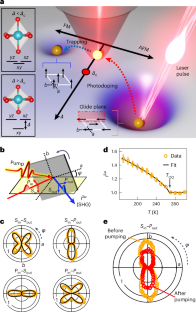2025-04-10 ロイヤルメルボルン工科大学(RMIT)
<関連情報>
- https://www.rmit.edu.au/news/all-news/2025/apr/pyroco-bio-oil
- https://www.sciencedirect.com/science/article/pii/S0960148125001302
使用済みユーカリ・ニコリバイオマスの熱分解蒸気のアップグレードにおける炭化水素触媒の役割 持続可能なフェノール生産に向けて Role of carbo-catalyst on upgrading the pyrolysis vapors of spent Eucalyptus nicholii biomass: Towards sustainable phenolics production
Ramandeep Kaur, Bhavya B. Krishna, Nimesha Rathnayake, Thallada Bhaskar, Kalpit Shah
Renewable Energy Available online: 19 January 2025
DOI:https://doi.org/10.1016/j.renene.2025.122468
Graphical abstract

Abstract
The present study investigates the impact of biosolids-derived activated biochar on the spent Eucalyptus nicholii (EUC) biomass pyrolysis and its bio-oil composition. Affordable catalysts made from biosolids biochar can be efficiently used instead of the expensive catalysts currently used in catalytic pyrolysis. This shift can contribute to making the process more interconnected and sustainable. Biosoilds-derived activated biochar (carbo-catalysts) significantly improved the selectivity of phenolics and hydrocarbons in bio-oil, which is attributed to their enriched surface functionalities and high surface area. A high content of phenolics (69.7 area%) and hydrocarbons (13.7 area%) was observed in the bio-oil product with H3PO4-activated biosolid carbo-catalyst (PAC) compared to KOH-activated (KAC) and non-activated carbo-catalyst (BC) at optimized pyrolysis temperature, i.e., 400 °C. The incorporation of catalysts in ex-situ mode was observed to have no significant impact on biochar yield; however, bio-oil yield was greatly influenced by the incorporation of carbo-catalysts. This demonstrated that carbo-catalysts facilitate the cracking and deoxygenation, decarboxylation reactions owing to C=O, C-O -C, -P=O, C-PO3, C-O-PO3, and P-O enriched surface functionalities after activation in PAC revealed by FTIR and XPS.



